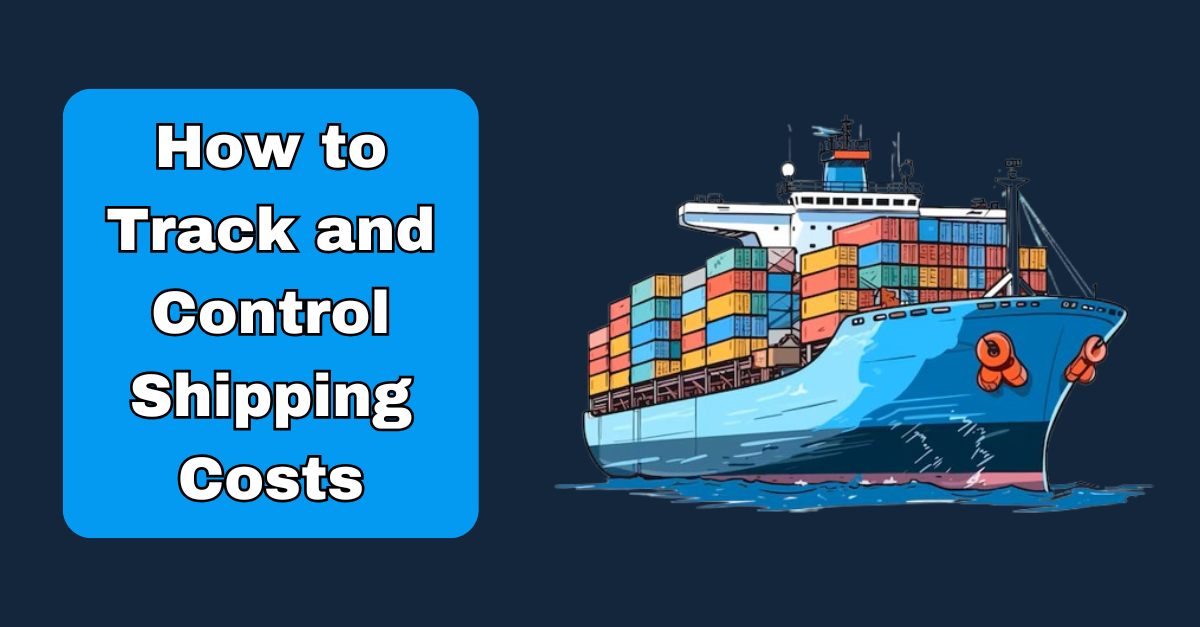Long lead times are a reality for fast-growing brands. They’re frustrating, sure, but they’re also unavoidable when scaling operations or dealing with global supply chains. The question isn’t whether you’ll face them—it’s how you’ll manage them.
Here’s a practical guide to help you stay in control when lead times stretch out:
1. Start with the “Why”
Lead times aren’t just a supply chain inconvenience - they’re a business-critical factor. Long lead times can lead to stockouts, disappointed customers, and missed growth opportunities. For fast-growing brands, managing this challenge is the difference between thriving and constantly putting out fires.
2. Forecast Like a Pro
The foundation of managing lead times is accurate forecasting. Use historical data to anticipate demand, particularly for your bestsellers or seasonal products. This isn’t about guesswork - it’s about looking at trends and planning ahead.
If your lead times stretch into months, build forecasts that factor in potential delays or unexpected spikes in demand. The more prepared you are, the fewer surprises you’ll face.
3. Strengthen Supplier Relationships
Suppliers aren’t just vendors—they’re partners in your growth. Open communication with them can make all the difference. Be upfront about your needs, ask for realistic delivery estimates, and maintain regular updates.
If possible, look into alternate suppliers or dual-sourcing for critical products. Spreading risk across multiple partners can save you from a crisis when lead times inevitably stretch.
4. Use Buffer Stock Strategically
Buffer stock is your safety net. It’s what keeps you afloat when suppliers are running behind. But this doesn’t mean hoarding inventory and tying up cash flow.
Be strategic. Focus on high-impact SKUs—products that drive the most revenue or have the highest customer demand. The goal is to avoid stockouts without drowning in excess inventory.
5. Streamline Your Operations
When lead times are long, every other part of your operations needs to be as efficient as possible. Whether it’s faster order processing, optimizing warehouse layouts, or cutting bottlenecks in your workflows, find areas you can control and make them seamless.
The less friction you have downstream, the better you can handle upstream delays.
6. Leverage Technology
This is where tools can be a game-changer. Inventory management systems help track your stock levels, flag potential delays, and automate replenishment plans.
Supply chain visibility tools are also crucial—they let you monitor shipments in real time, so you know exactly when and where delays might happen. Technology doesn’t eliminate lead times, but it gives you the insights to manage them better.
7. Keep Customers in the Loop
Customers don’t mind waiting—as long as they know what to expect. Be transparent about potential delays, communicate timelines clearly, and update customers proactively if things change.
Honest communication isn’t just good customer service; it builds trust and keeps your reputation intact.










